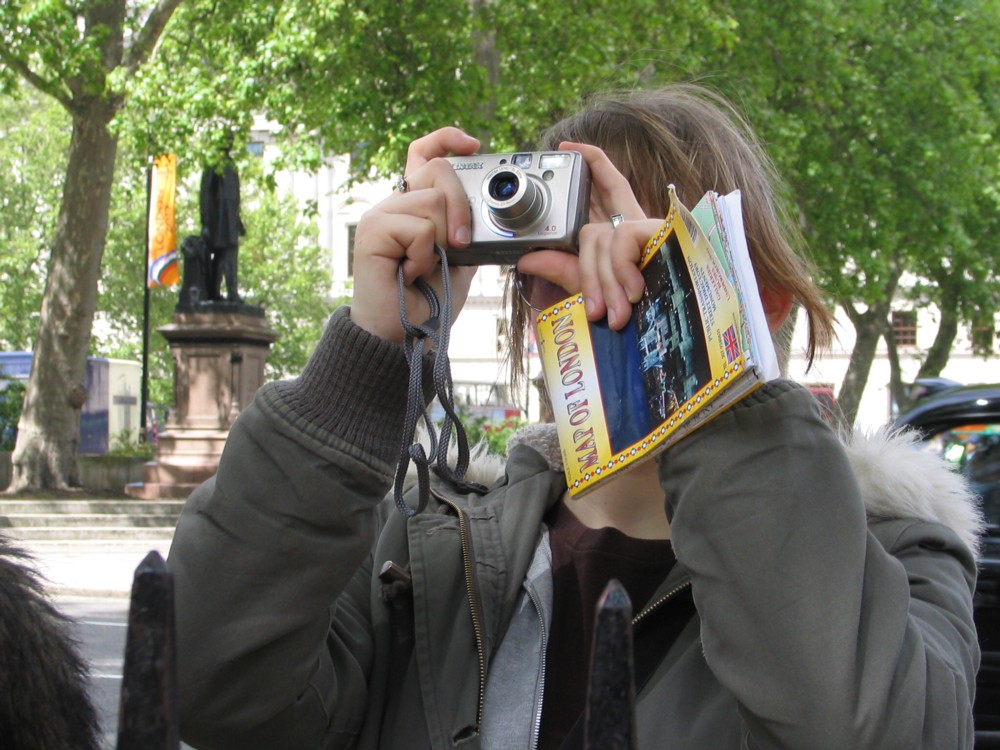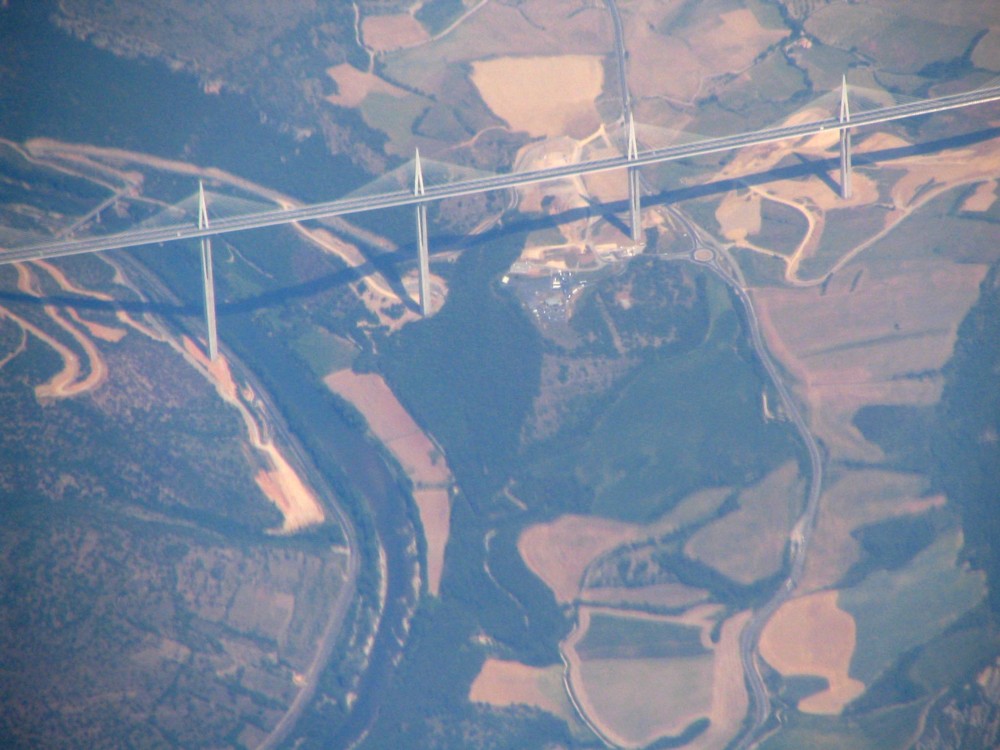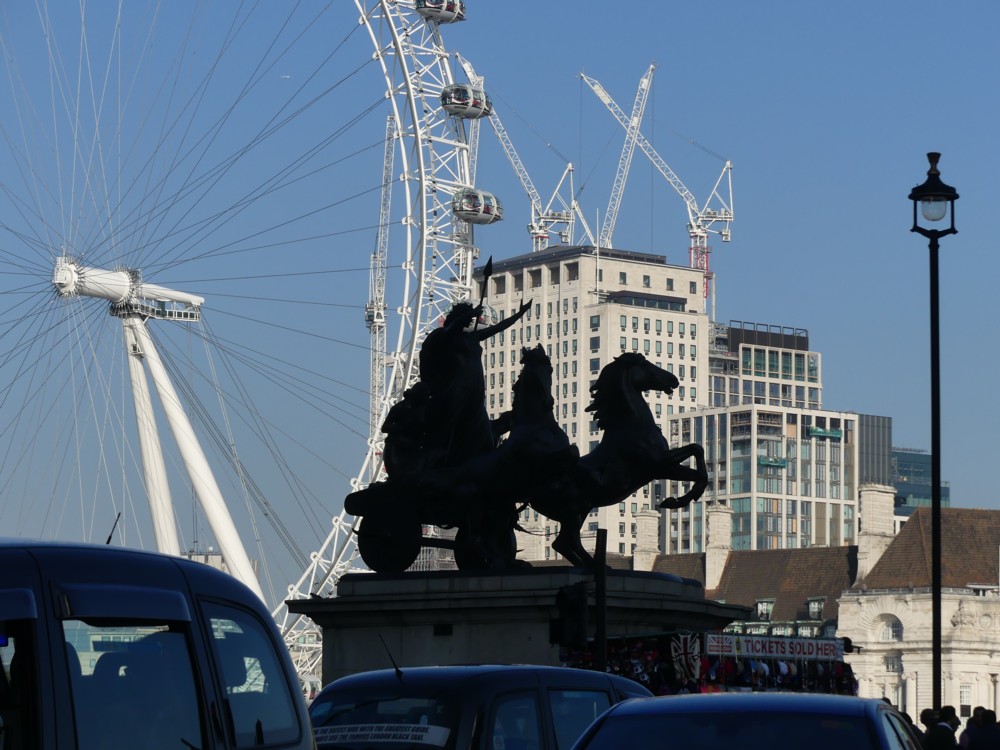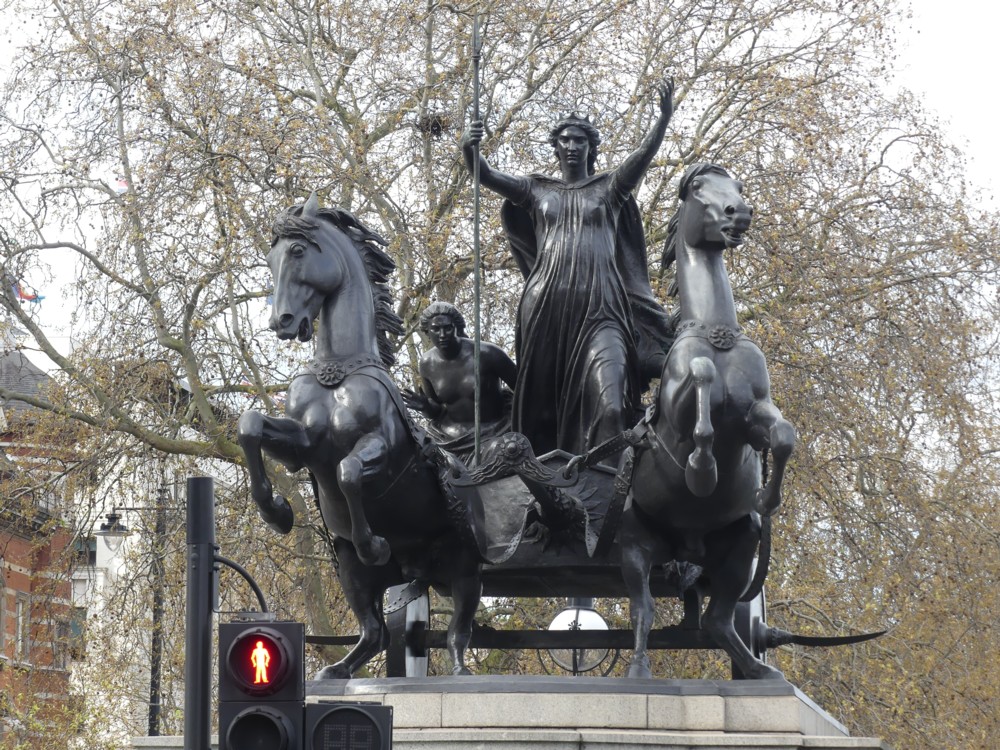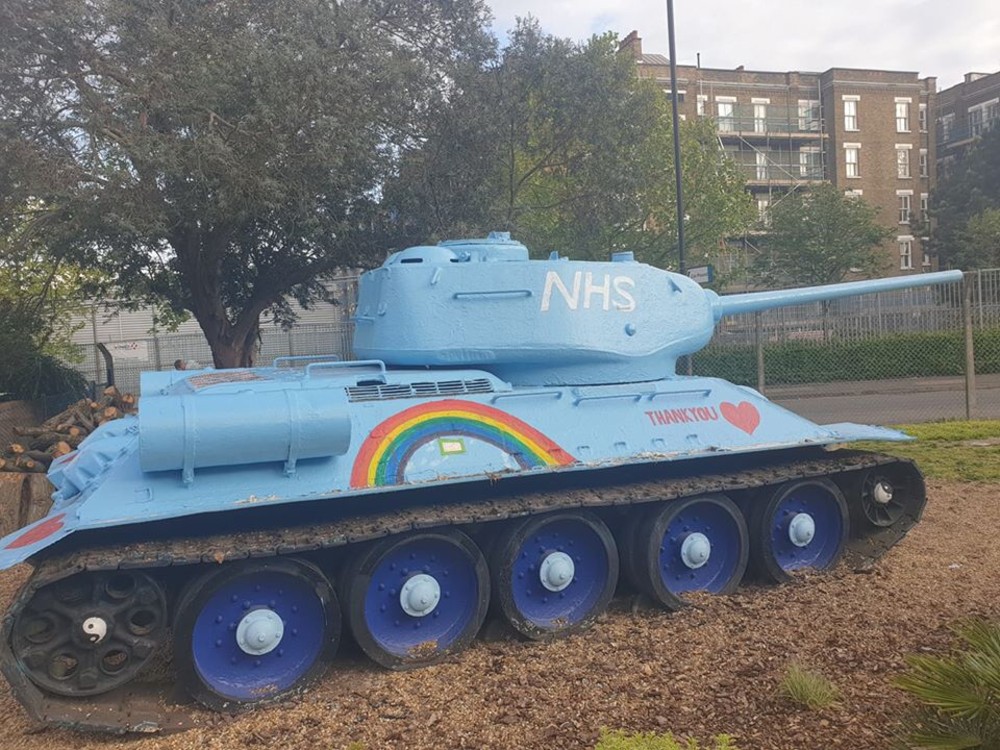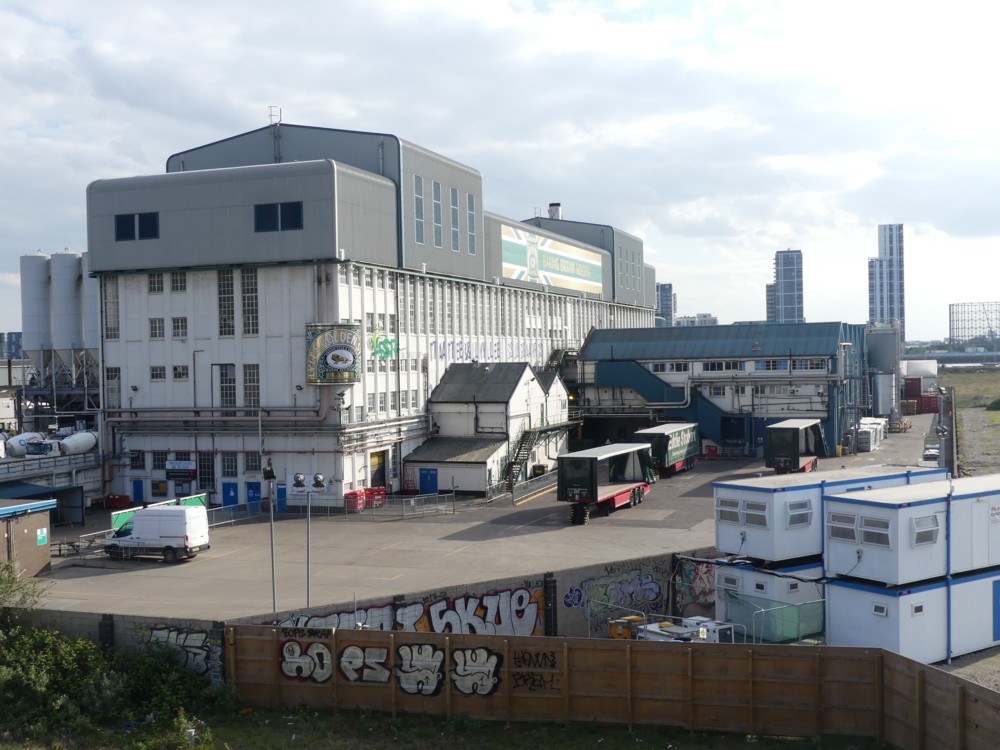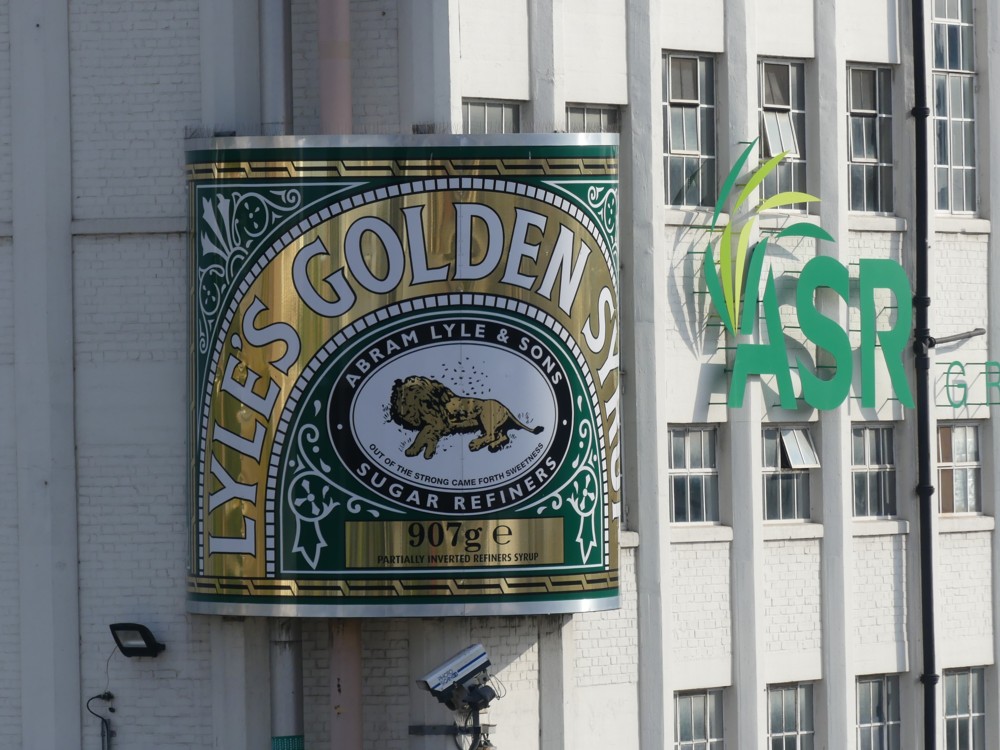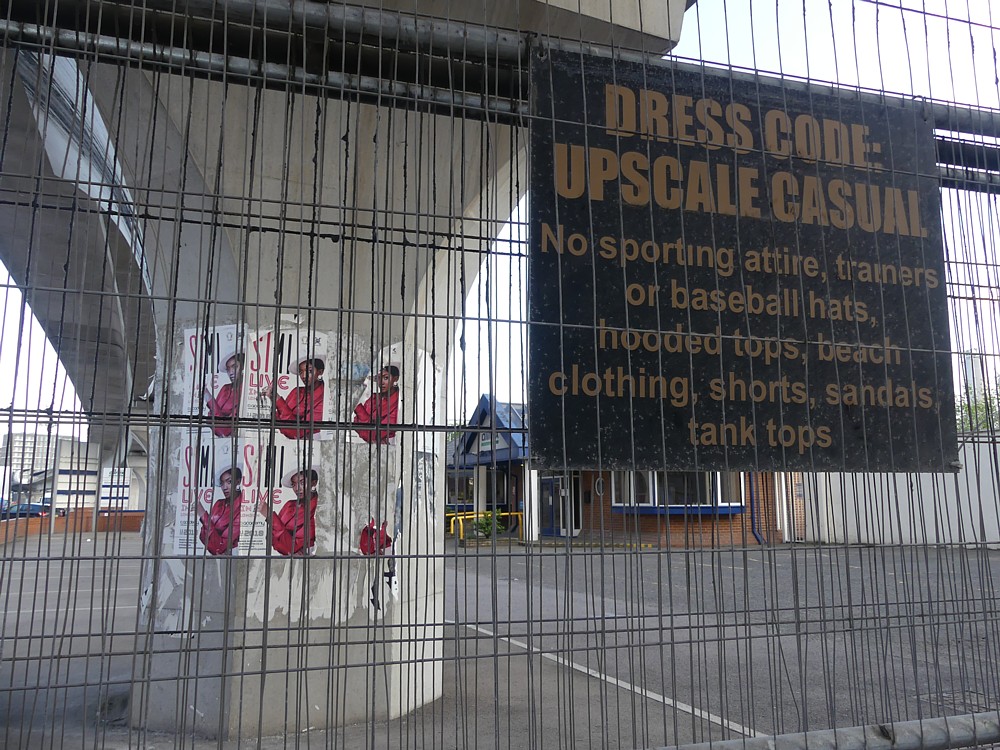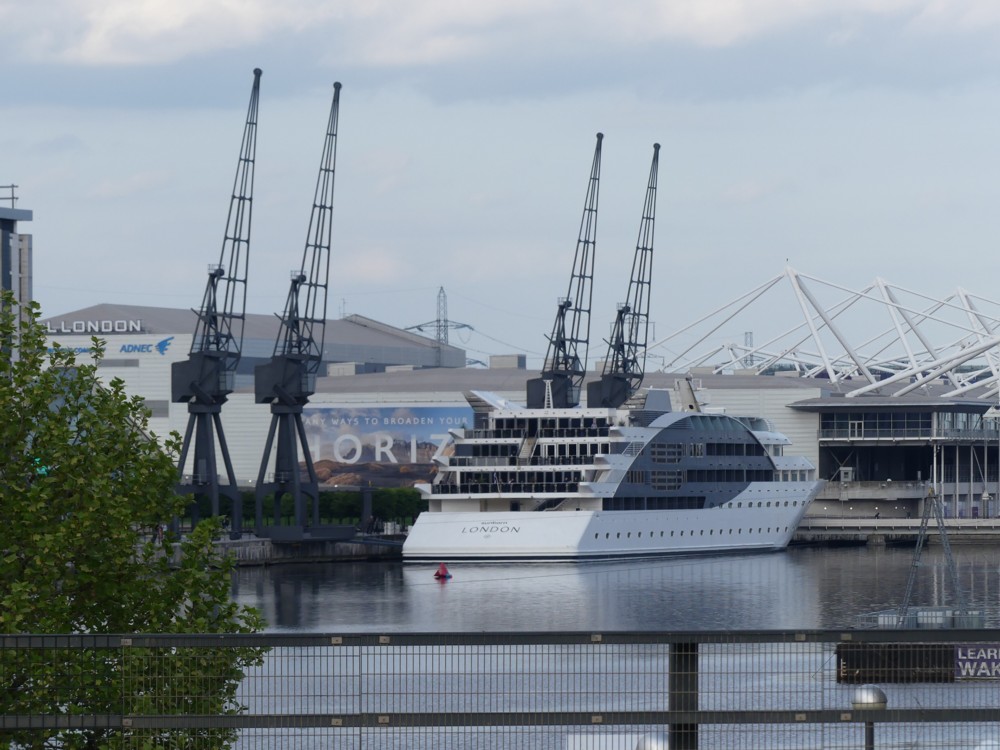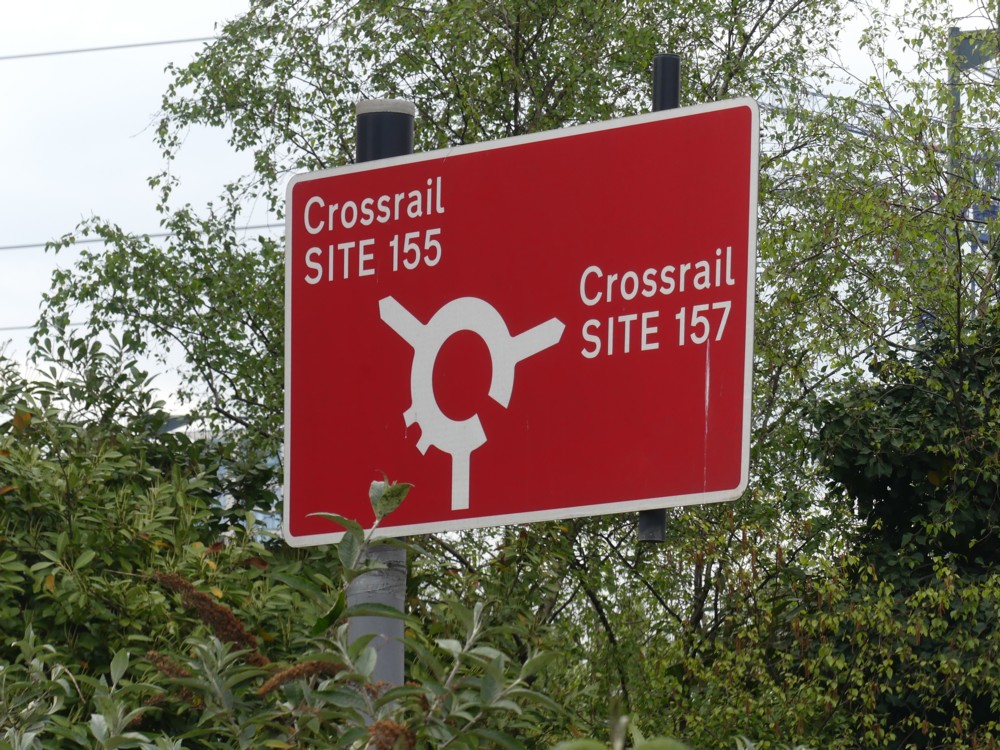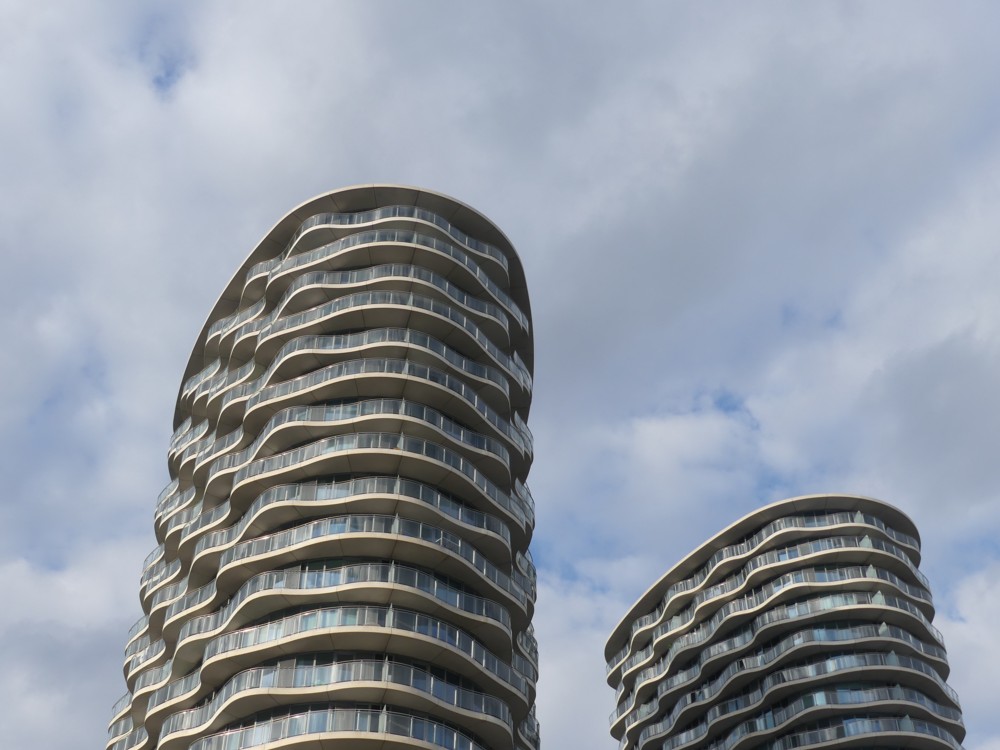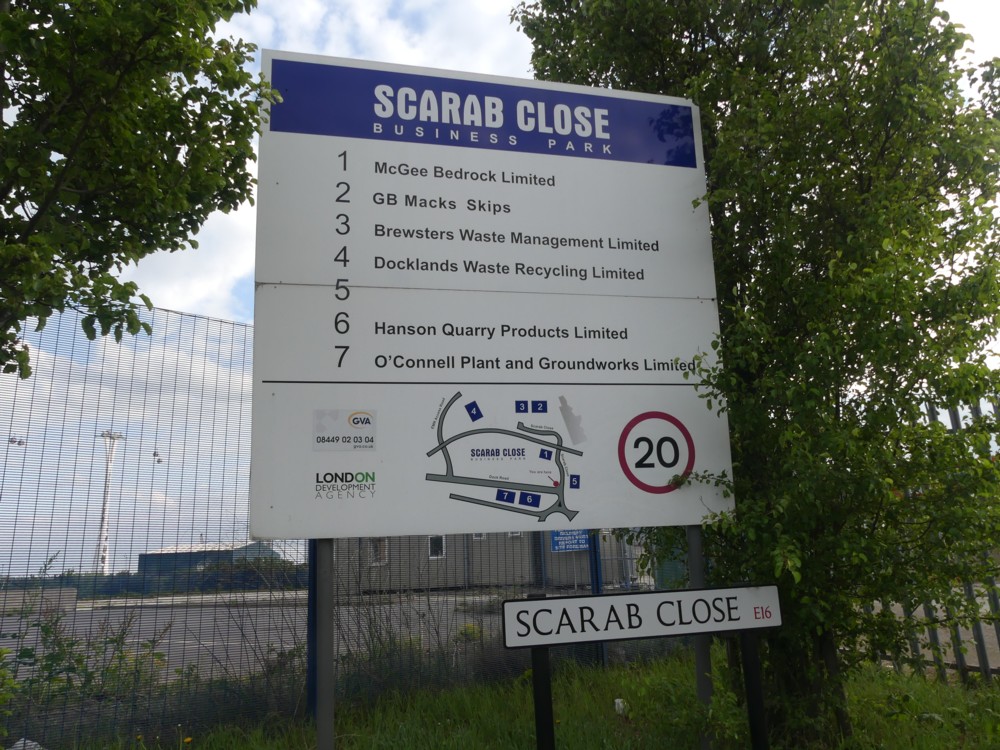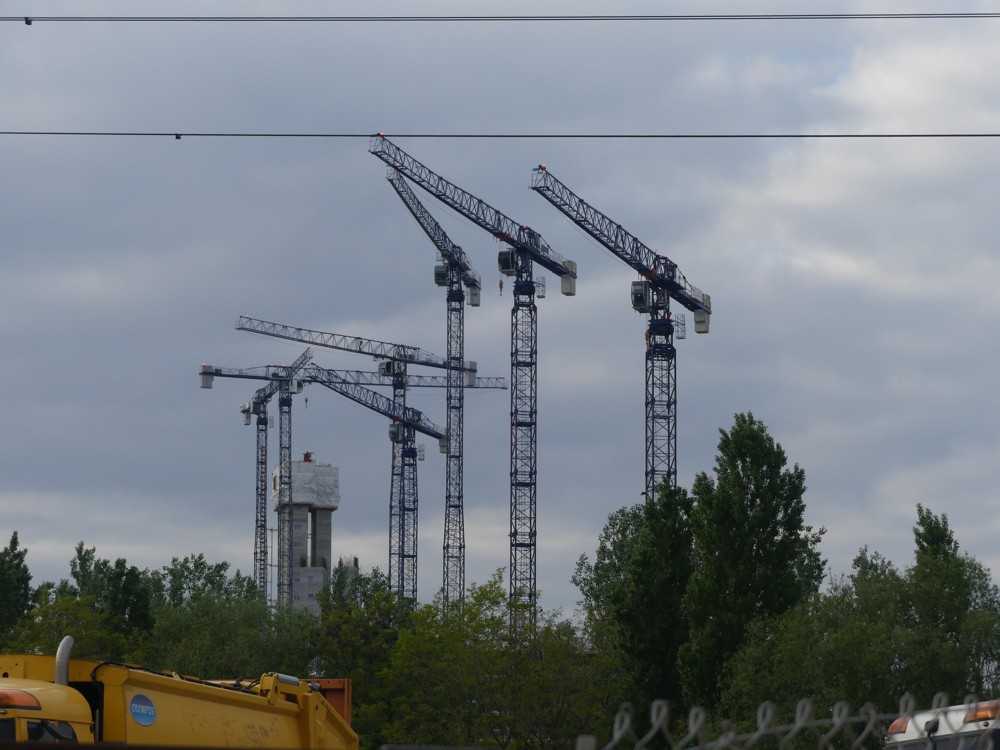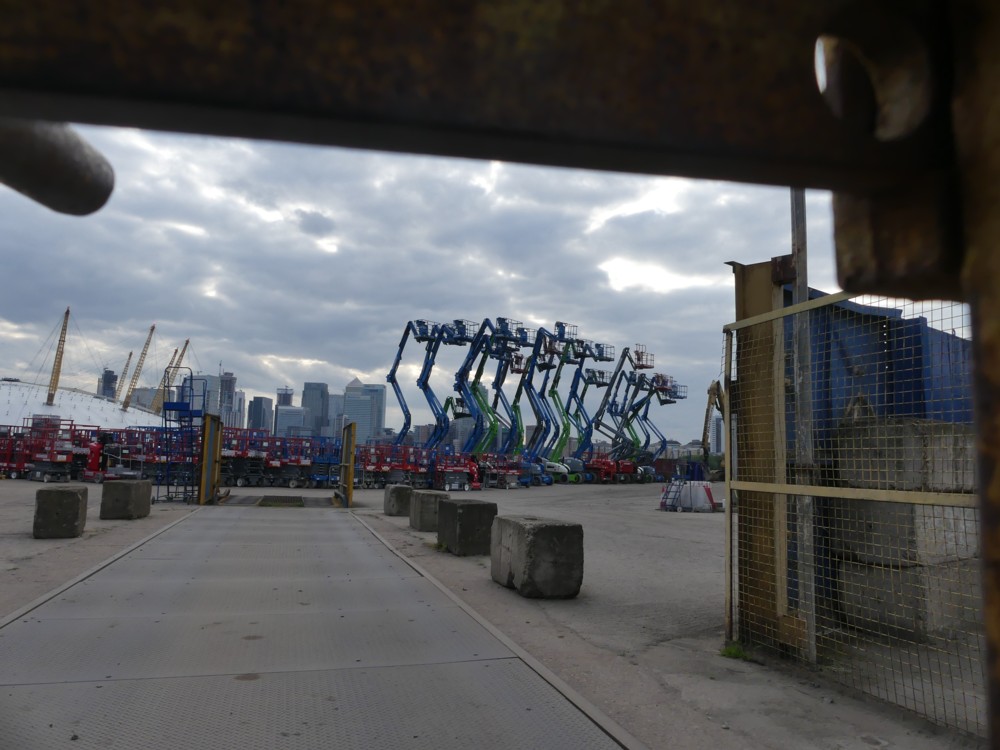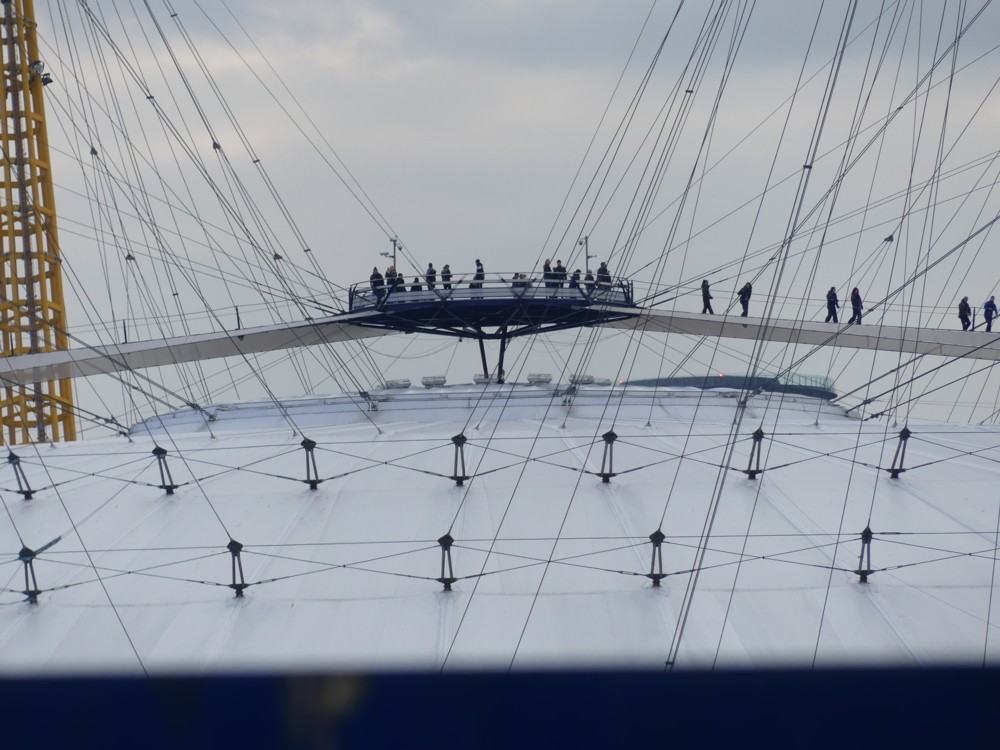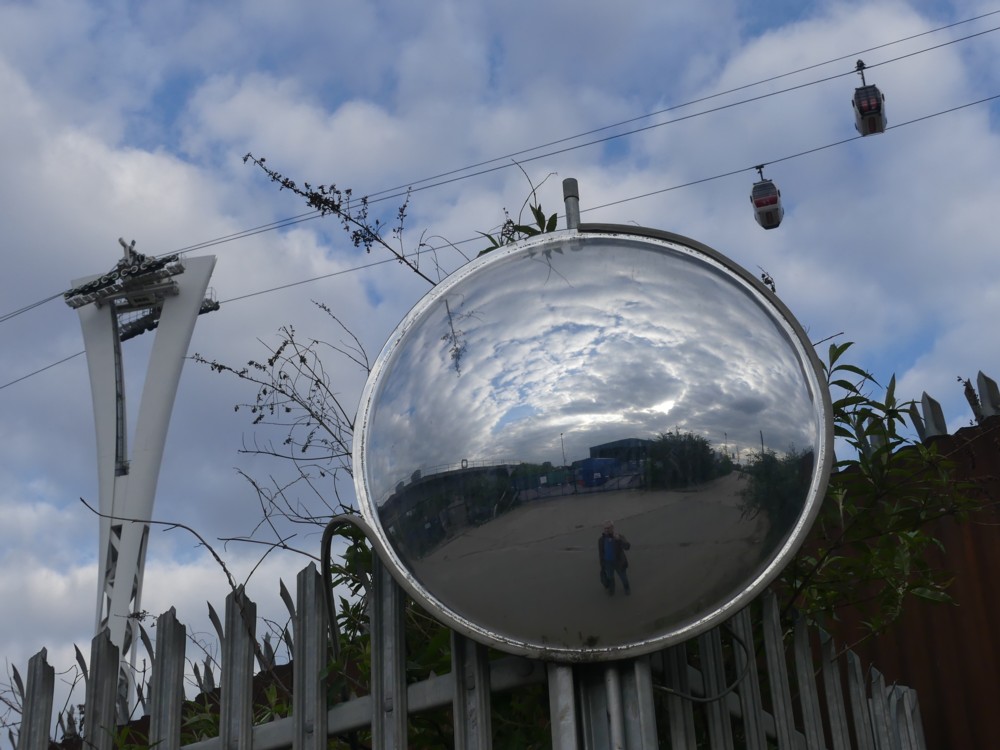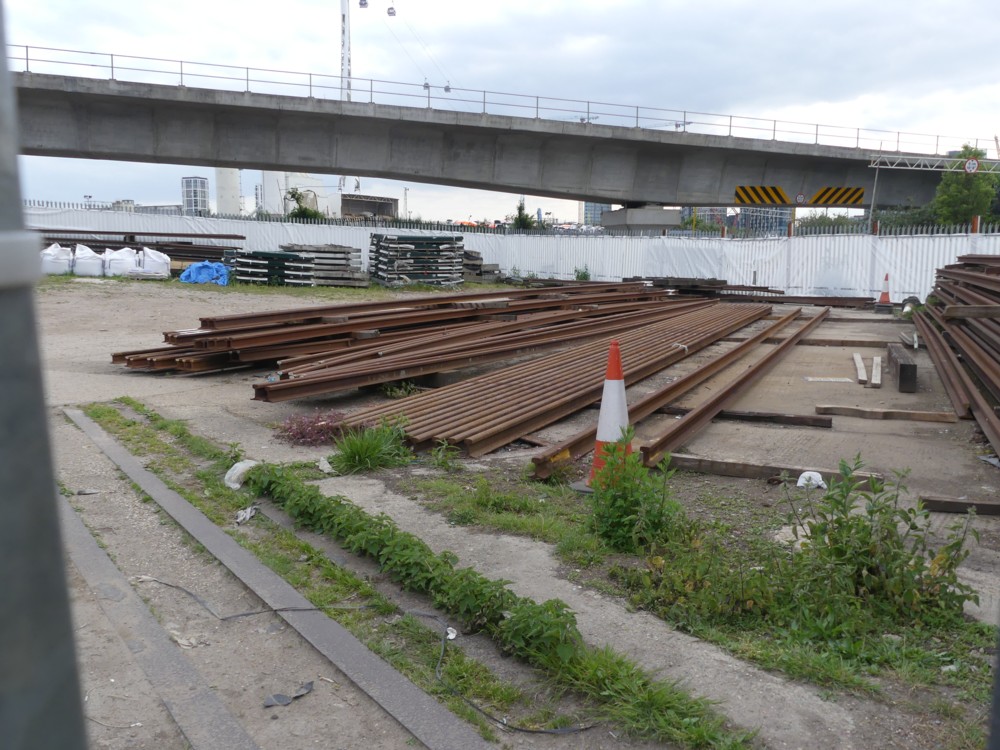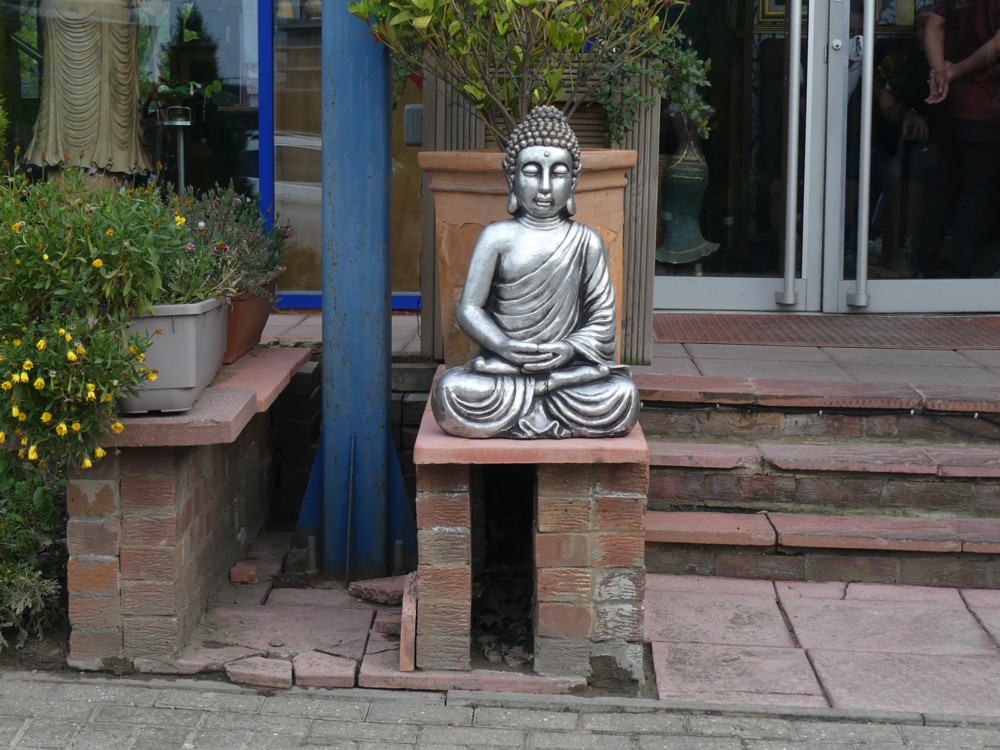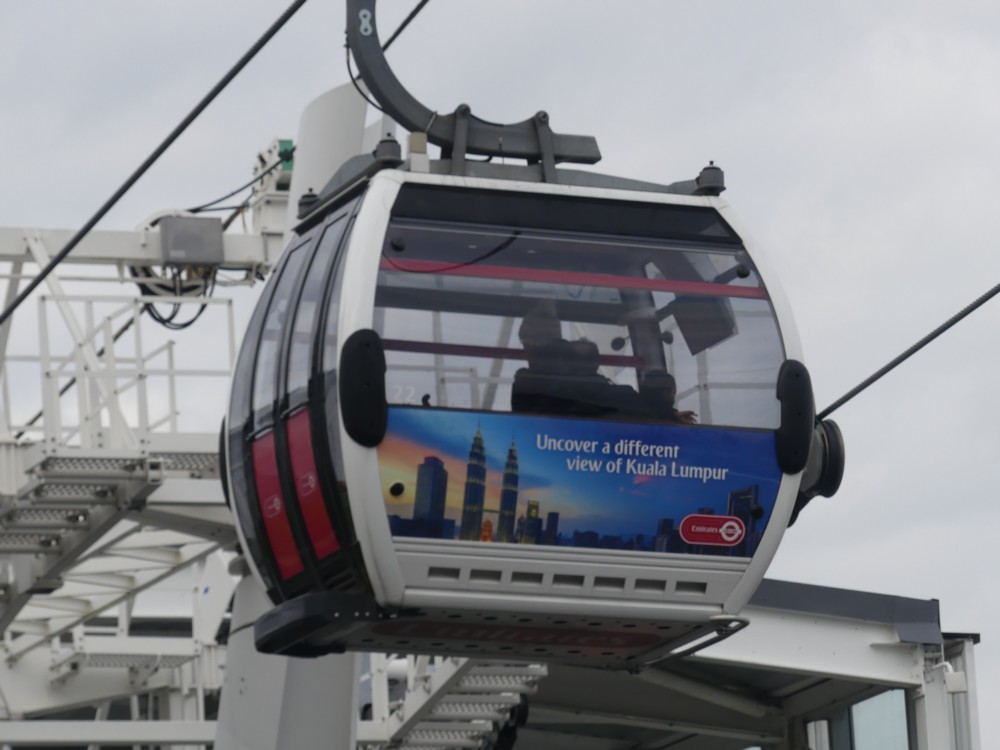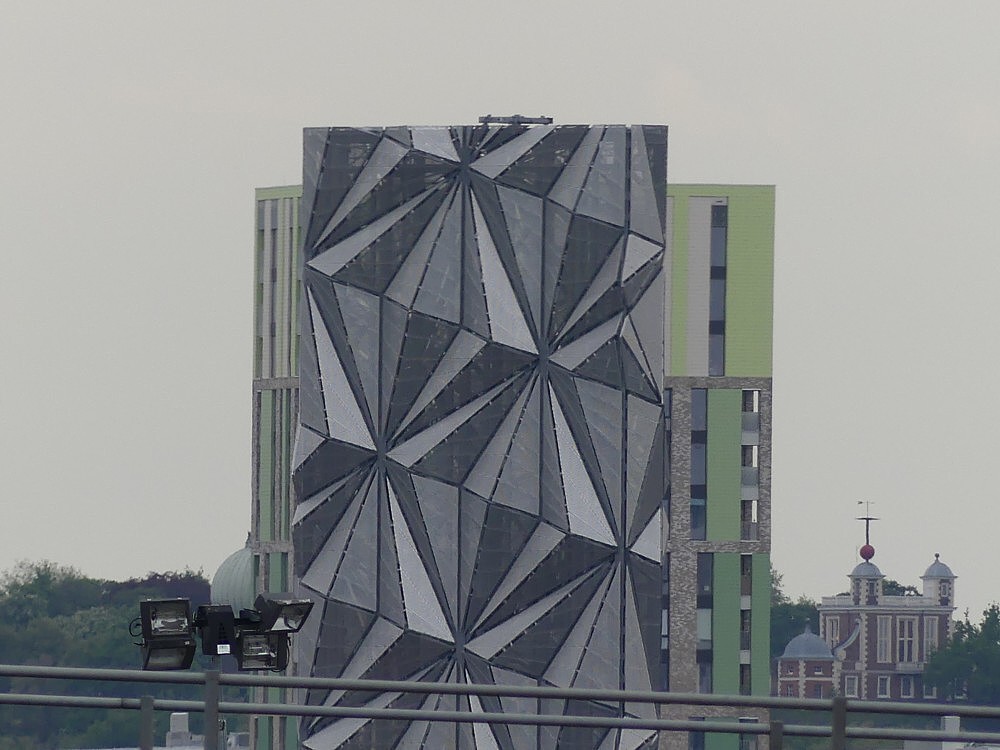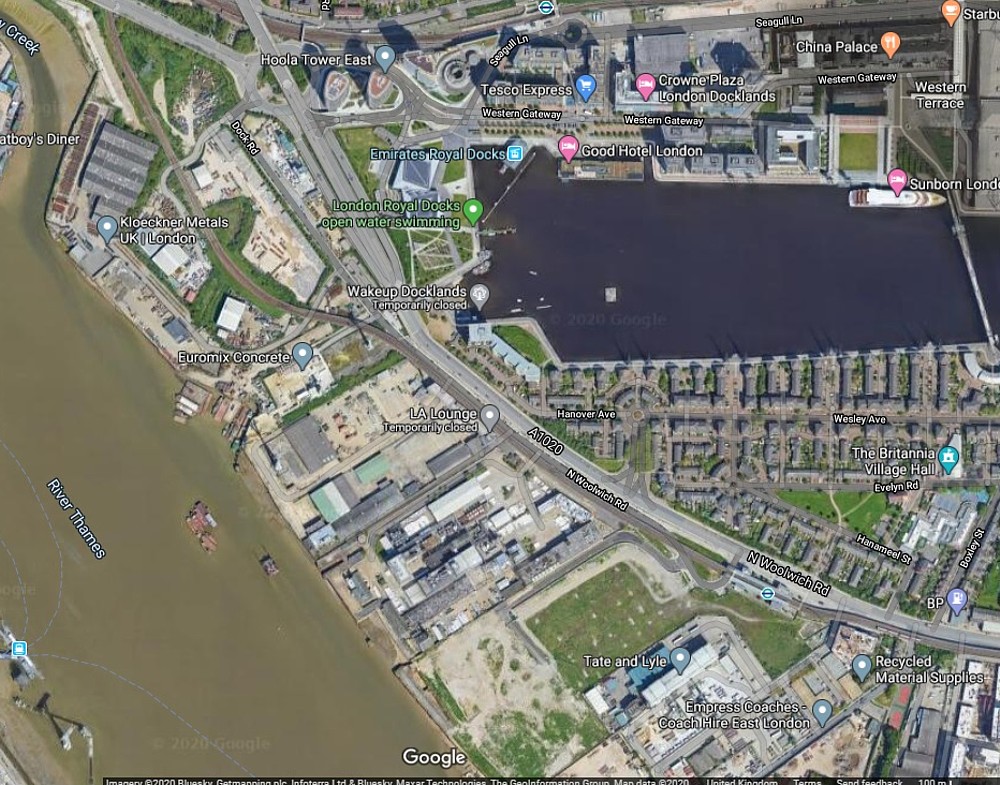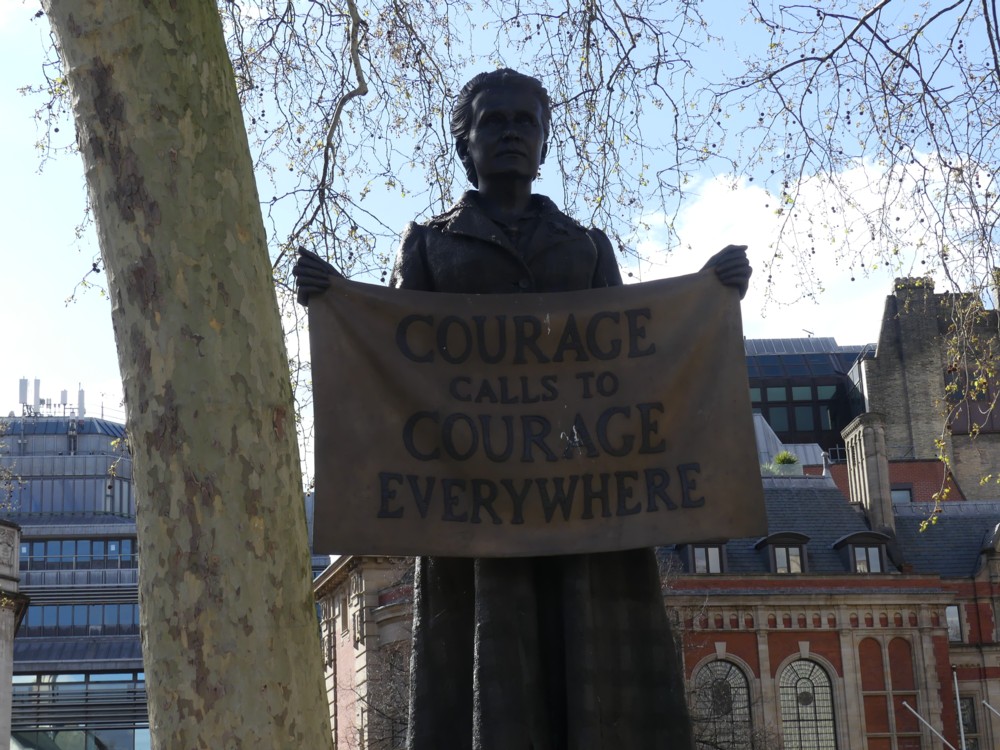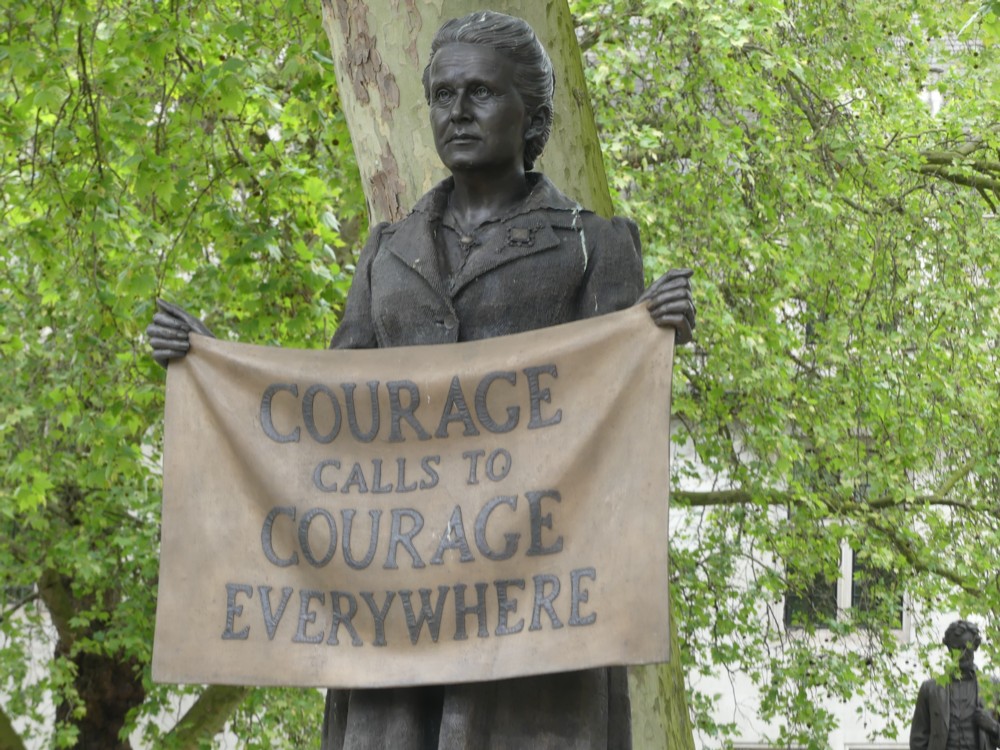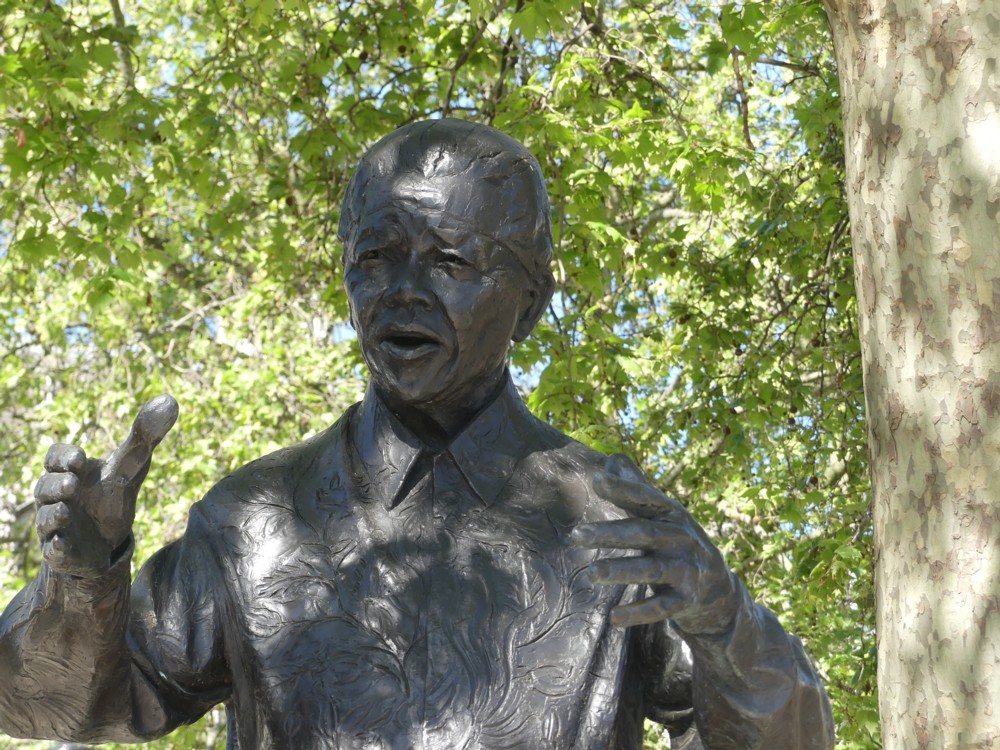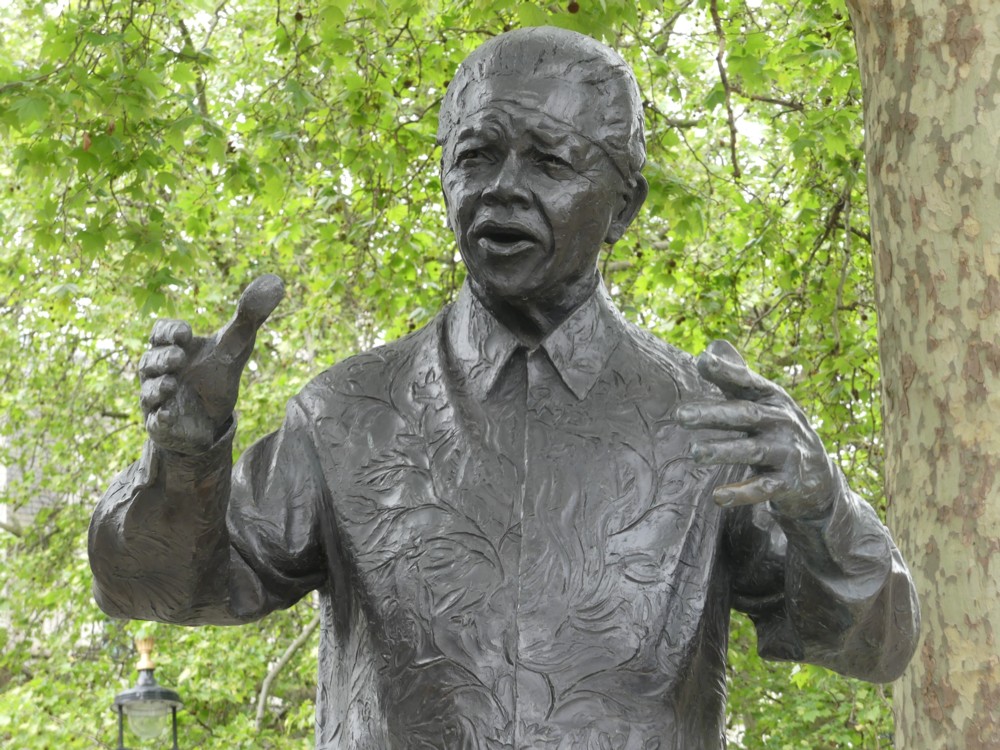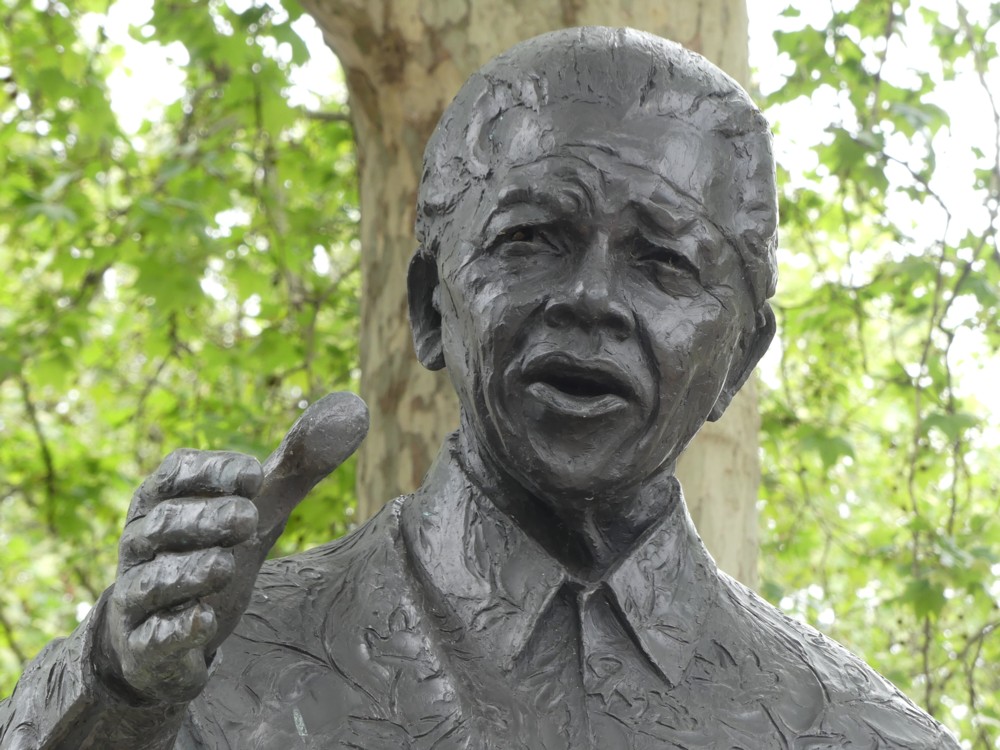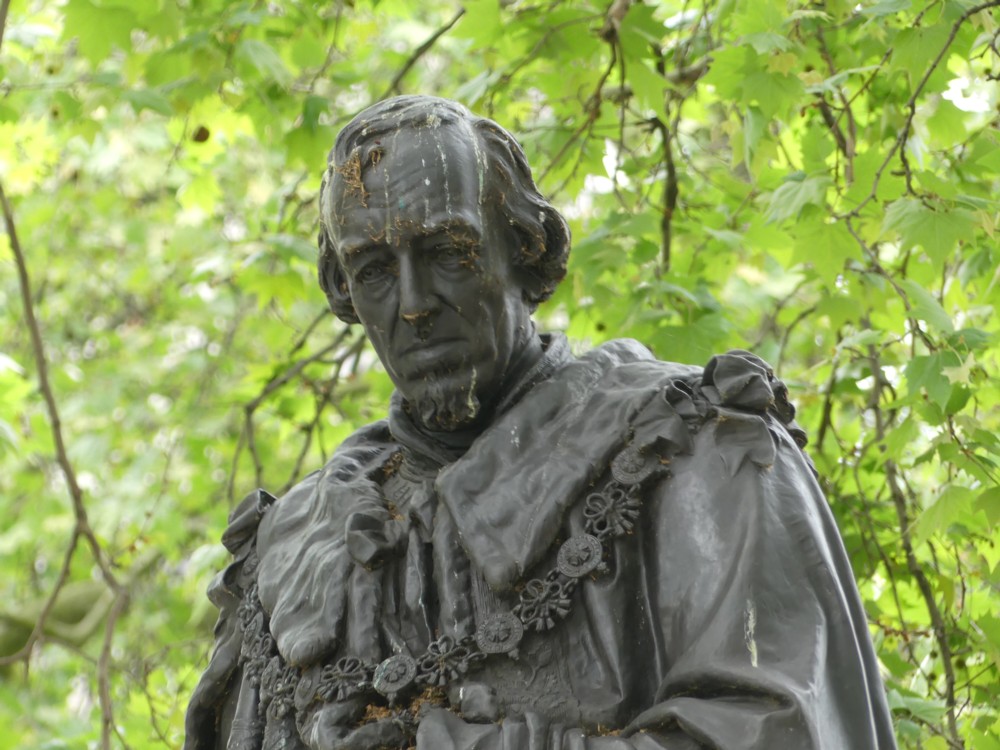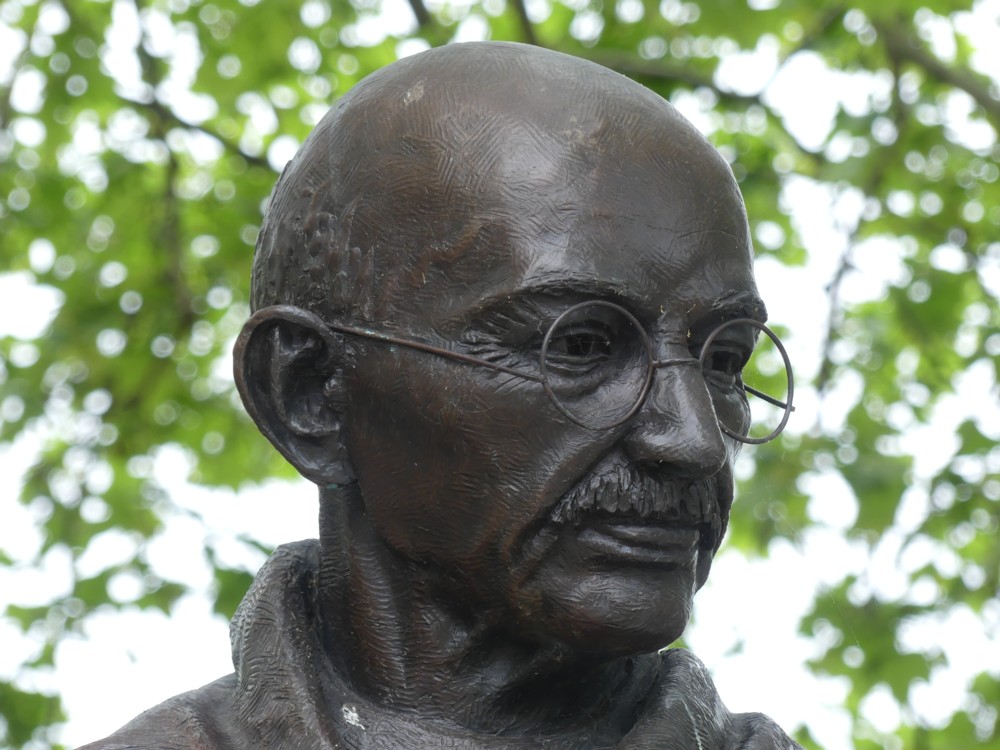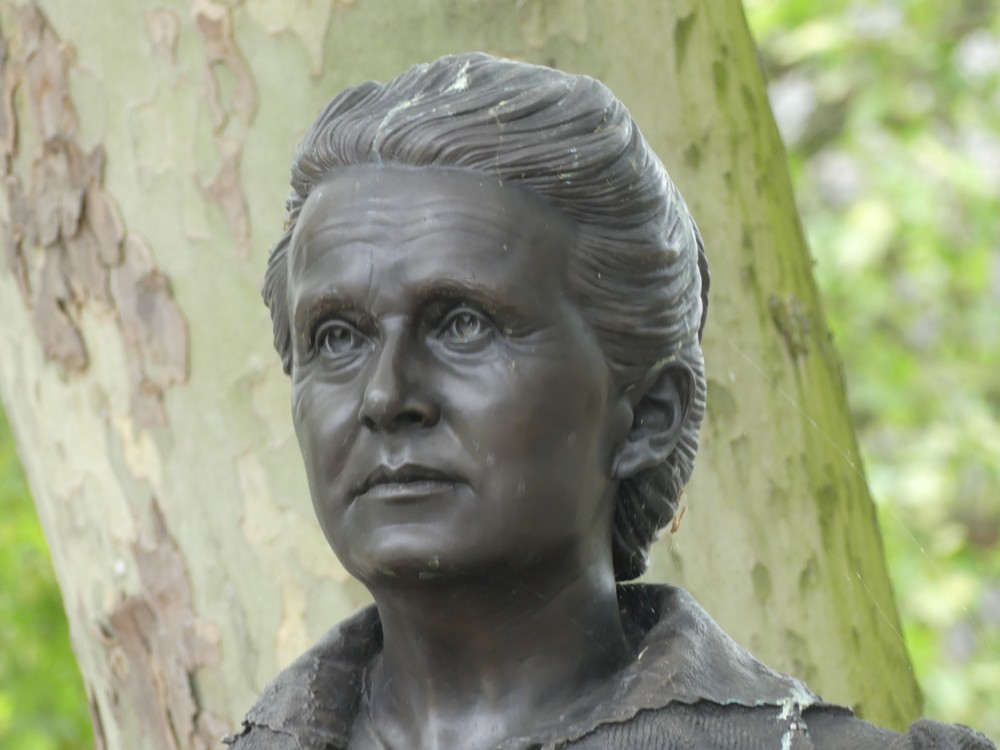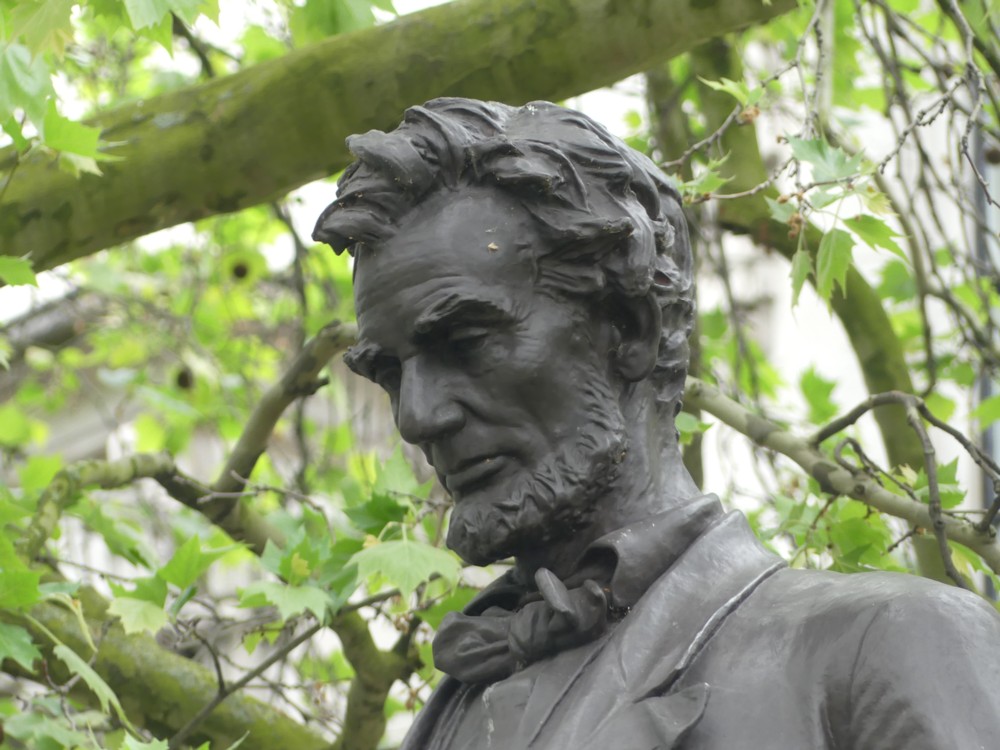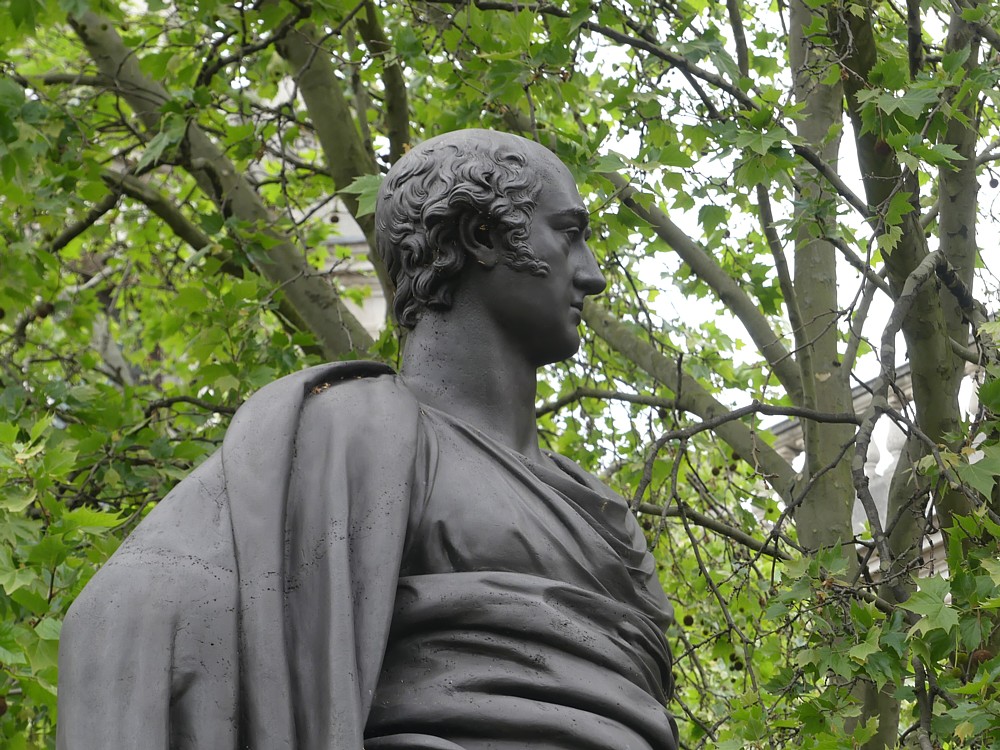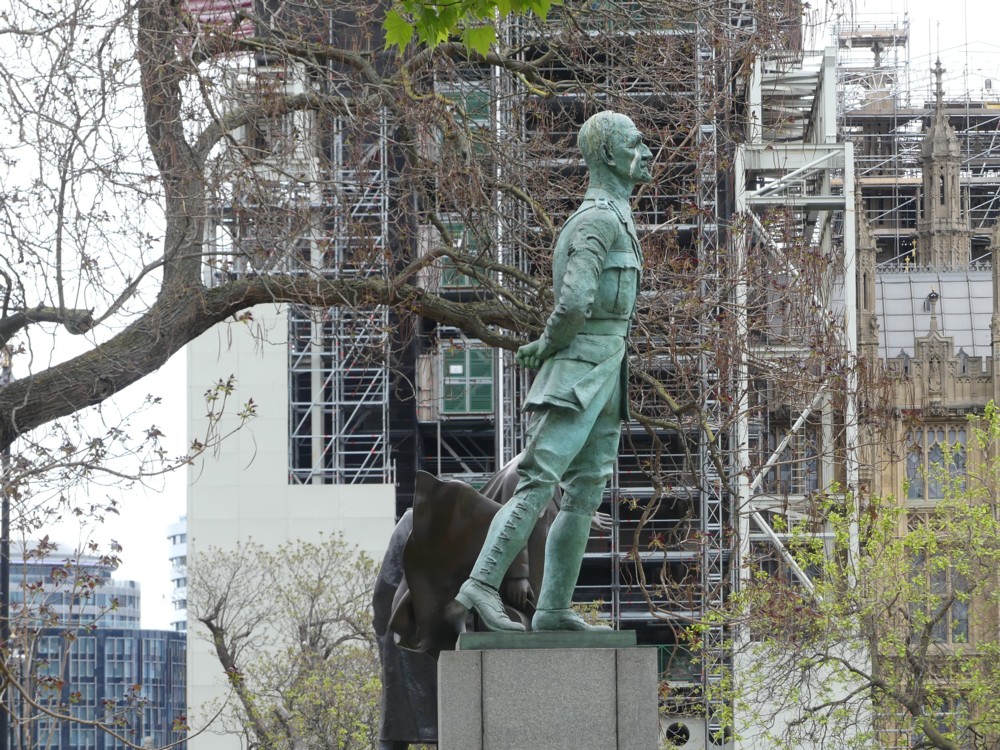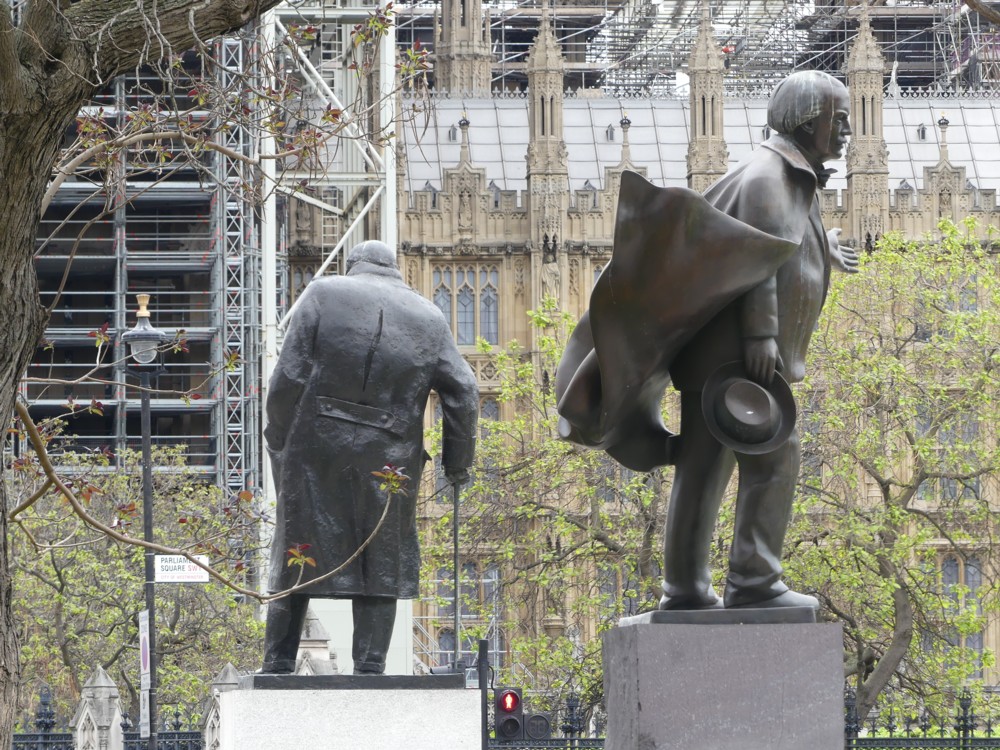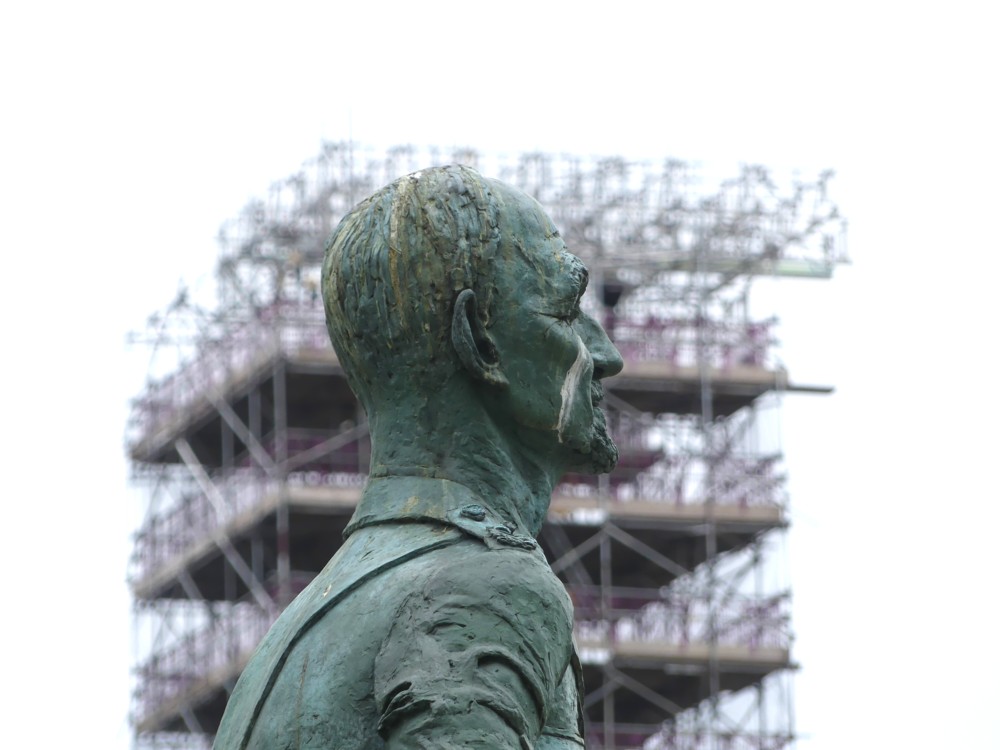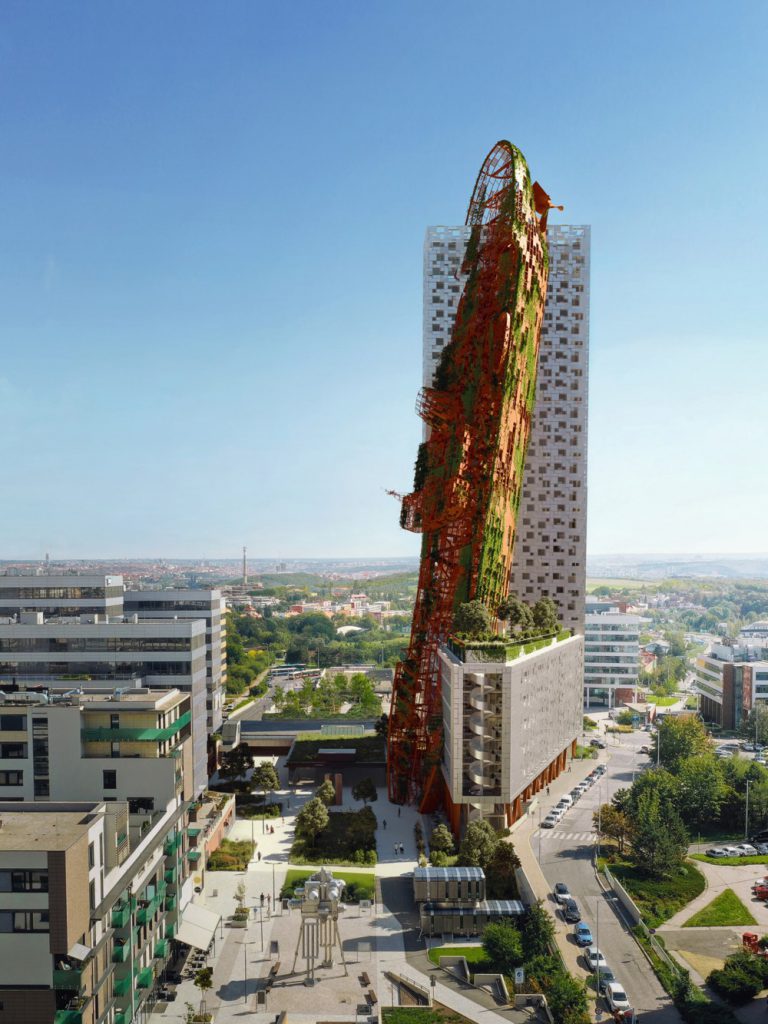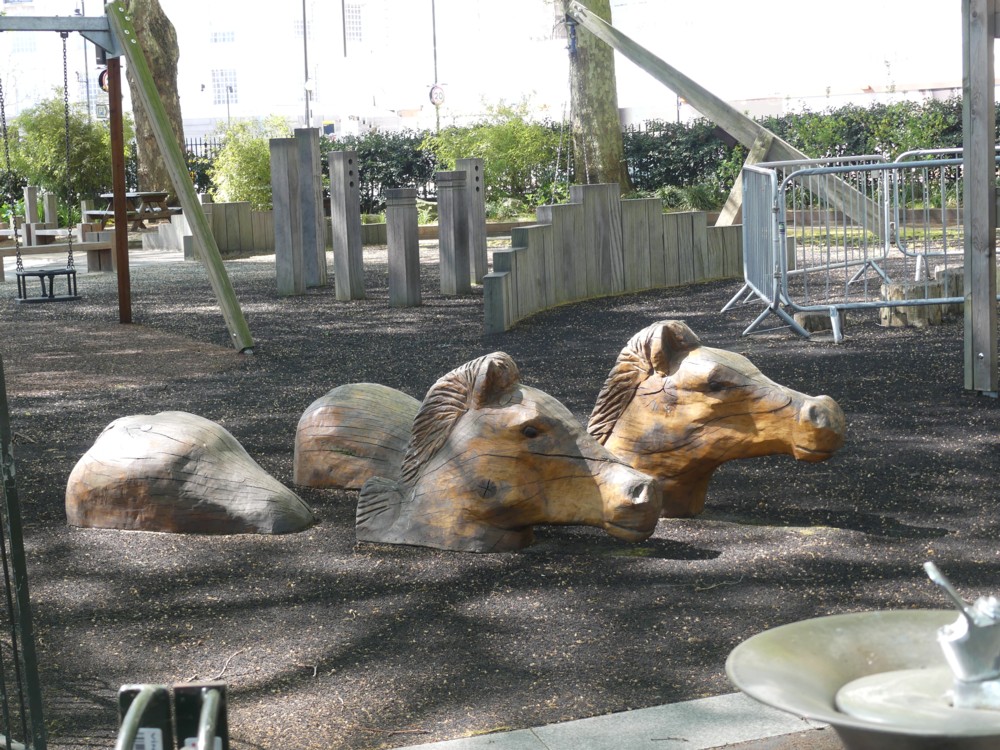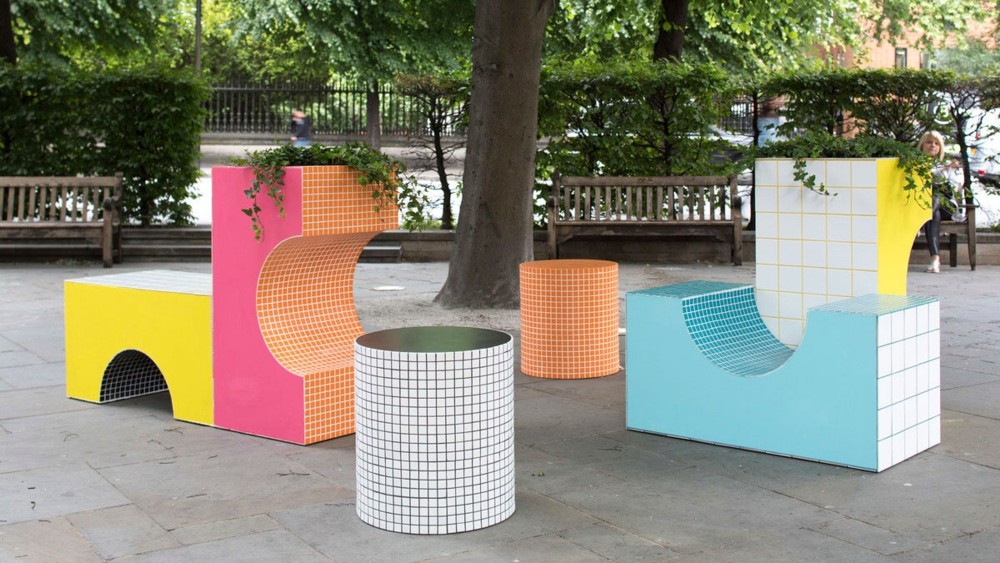Yes, I do like these optical tricks that computer graphics makes it so easy for computer graphicists to play on the world.
Says Steve Stewart-Williams of his latest discovery in this genre:
If you cover the bottom of the ring, the top is closest to you; if you cover the top, it flips around.
Indeed. I clocked what was going on simply by scrolling, which I did because I wanted to see the whole thing, not because I had read what SS-W had said about it yet. But instead of seeing it all, I stopped seeing only the top and started seeing only the bottom, and … what he said.
A big part of the core curriculum of this blog, and of its predecessor, was and is something like: “How I see things and how other people seem to see things”. What do I particularly notice? What do you notice? Do you ignore what I notice?
Sculpture draws elaborate attention to itself. So does advertising. I notice both. Roof clutter and cranes don’t care how I or anyone thinks they look. They are just getting on with their jobs. Millions do not notice roof clutter and cranes, but I do, partly because of their unselfconsciously sculptural qualities. Do you ignore or notice some or all of such things? Chances are you do notice and enjoy noticing several if not all of these things, or you’d not be bothering with this blog. But if you ignore, I’m not complaining, just noticing. People vary, a lot.
See also, which is a generalised version of the above paragraph: Art.
But optical illusions are interesting, because, aside from being interesting for the usual fun reasons that people like them, we most of us tend to experience them in the exact same way. It would, for instance, be bizarre if you looked at the above-linked snatch of video and then wondered what the hell SS-W and I were both talking about. Sharing the same sorts of brains, I see most optical illusions in just the same way you see them. Assuming you share my interest in them at all and you see them at all.
Optical illusions thus celebrate what we all have in common. (Except those of us who don’t. Guess: Optical illusions, in addition to being fun, are also a tool to identify people with brain oddities or brain damage. ?)
Here is the previous one of these things that SS-W pointed me to.

